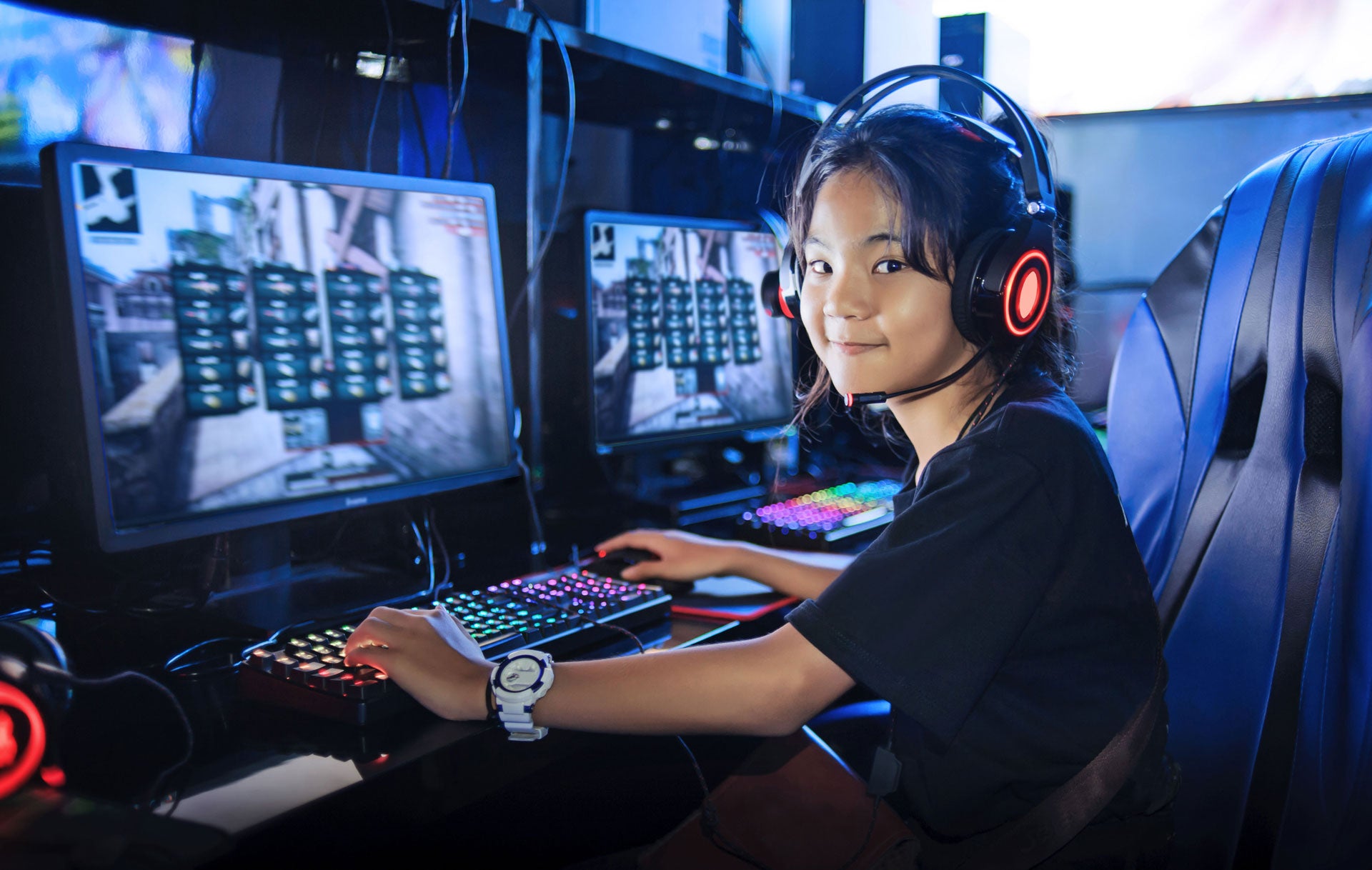Why is choosing the right gaming monitor important?
When it comes to gaming, having the right equipment can make a significant difference in your overall experience. One of the most crucial components of a gaming setup is the monitor. A high-quality gaming monitor can enhance your gameplay, provide better visuals, and give you a competitive edge. But with so many options available in the market, how do you choose the right one? In this blog post, we will discuss the key features to consider when selecting a gaming monitor.
1. Display Resolution
The display resolution is one of the essential factors to consider when choosing a gaming monitor. It determines the clarity and sharpness of the visuals. For a truly immersive gaming experience, opt for a monitor with at least Full HD (1920x1080) resolution. If you have a high-end gaming rig, you might want to consider a monitor with 4K Ultra HD (3840x2160) resolution for stunning visuals.
2. Refresh Rate
The refresh rate refers to the number of times the monitor updates the image per second. A higher refresh rate results in smoother motion and reduces motion blur, which is crucial for fast-paced games. Look for a gaming monitor with a refresh rate of at least 144Hz for a seamless gaming experience.
3. Response Time
The response time of a gaming monitor is the time it takes for a pixel to change from one color to another. A lower response time ensures that fast-moving objects in games appear sharp and without ghosting or blurring. Aim for a gaming monitor with a response time of 1ms for optimal performance.
4. Panel Type
Gaming monitors come in different panel types, including TN (Twisted Nematic), IPS (In-Plane Switching), and VA (Vertical Alignment). Each panel type has its advantages and disadvantages. TN panels offer fast response times and high refresh rates but have limited viewing angles. IPS panels provide better color accuracy and wider viewing angles but have slightly slower response times. VA panels offer deep blacks and high contrast ratios but may suffer from motion blur. Consider your priorities and choose the panel type that suits your gaming needs.
5. Adaptive Sync
Adaptive Sync technology, such as AMD FreeSync or NVIDIA G-Sync, synchronizes the monitor's refresh rate with the graphics card's frame rate. This eliminates screen tearing and provides a smoother gaming experience. If you have an AMD graphics card, look for a gaming monitor with FreeSync, and if you have an NVIDIA graphics card, opt for a monitor with G-Sync.
6. Connectivity Options
Ensure that the gaming monitor you choose has the necessary connectivity options to connect to your gaming setup. Most modern gaming monitors come with HDMI and DisplayPort inputs. Additionally, check if the monitor has USB ports for connecting peripherals or a built-in USB hub for convenience.
Conclusion
Choosing the right gaming monitor is crucial for an immersive and enjoyable gaming experience. Consider the display resolution, refresh rate, response time, panel type, adaptive sync technology, and connectivity options when making your decision. By selecting a gaming monitor that meets your requirements, you can take your gaming to the next level and enjoy stunning visuals, smooth gameplay, and a competitive edge.

